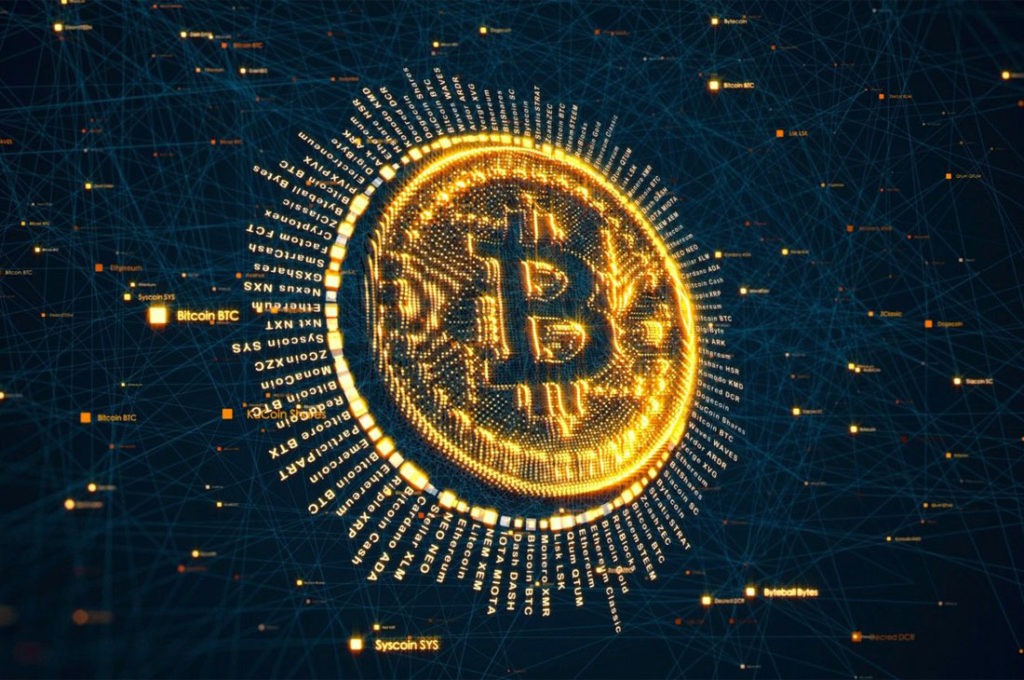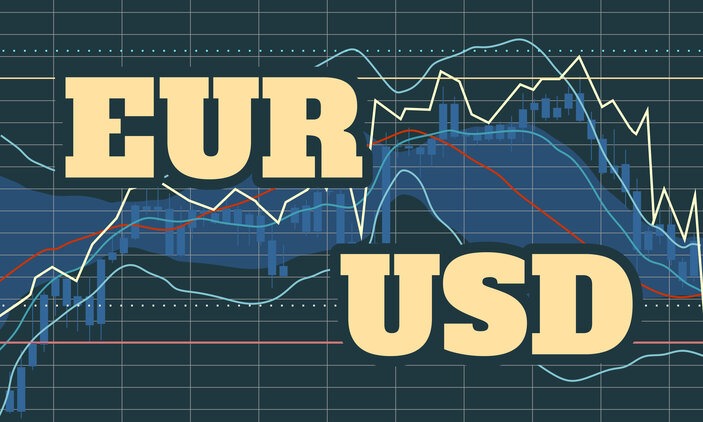Many factors drive price fluctuations in the bitcoin spot rate on cryptocurrency exchanges. In traditional markets, the volatility index, known as the CBOE volatility index, VIX measures volatility. More recently, a volatility index for bitcoin was also created. Known as the Bitcoin Volatility Index, it aims to track the world’s leading digital currency volatility by market capitalization over different periods.
The value of Bitcoin has historically been quite volatile. In three months, from October 2017 to January 2018, BTC price volatility reached almost 8%. The volatility of BTC more than doubled in the 30 days ending by January 15, 2020. But why is bitcoin so volatile?
Here are just some of the many factors behind the volatility of this cryptocurrency.
Bad news hurts bitcoin prices
Events and news that scare BTC users include geopolitical developments and government statements indicating that bitcoin will undergo regulation.
The perceived value of BTC and its effect on the market
One reason that Bitcoin can fluctuate significantly against fiat currencies is because of its perception as a store of value against traditional government-backed currencies. BTC has characteristics that make it similar to gold. Moreover, a fixed amount of 21 million BTC limits its production.
Uncertainty of the future value of BTC
BTC’s volatility is also largely due to different perceptions of the cryptocurrency’s intrinsic worth as a store of value. A store of value is the asset’s function that can be useful in the future with some predictability. A store of value can be stored and exchanged for some good or service in the future.
High risks for holders of large amounts of Bitcoin
Investors holding high percentages of the total floating volume of the cryptocurrency also drives Bitcoin’s volatility. For BTC investors with current holdings above around $10 million, it is unclear how they would liquidate such a large position to convert it to fiat currency without critically moving the market.

















YOUTUBE
YouTube is the second-best search engine after Google.
Youtube is a fantastic platform for watching videos on different
topics and there’s no doubt on that. You can search and get results for any
kind of video searches on YouTube. A variety of content is available
for you on YouTube such as entertainment, educational and many
more.
youtube.com/activate